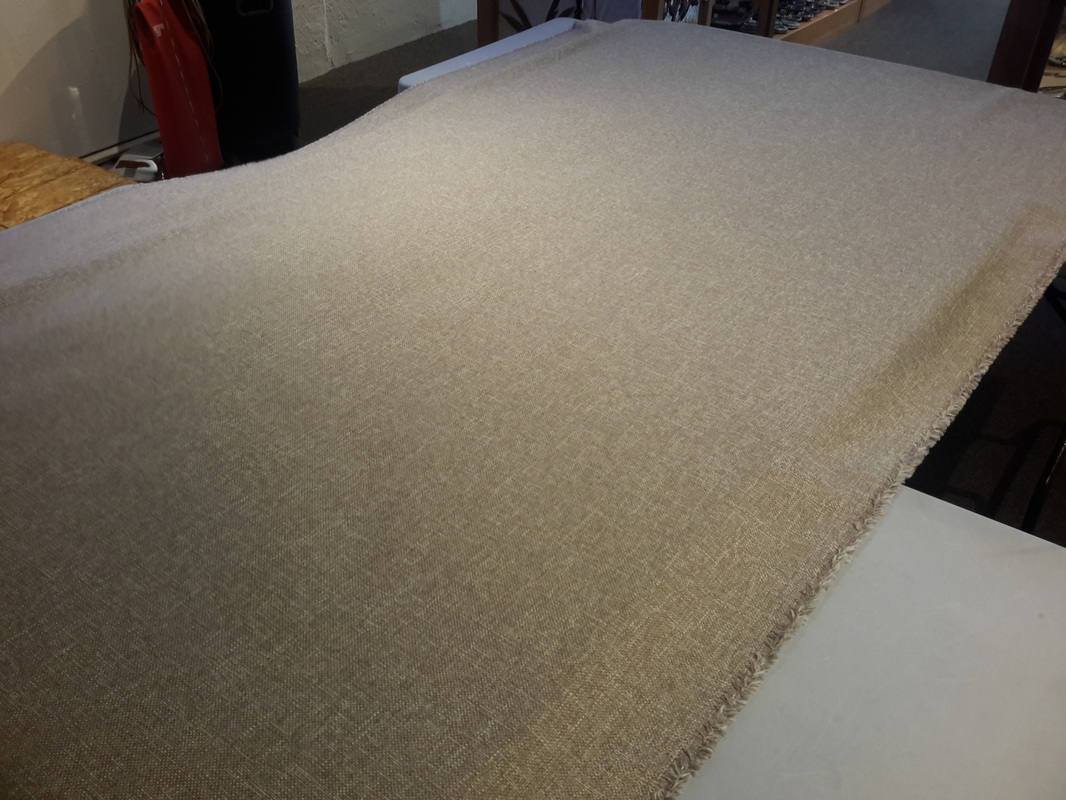|
By Juanita Canzoneri and Amanda Shotts Photos by Juanita Canzoneri Our old gallery walls had years of nail holes in them. One of our members suggested creating new panels during our store renovation that would be "self-healing" and we looked at how another local gallery space displayed their wall art. After researching how to make these gallery wall panels and finding nothing, we decided to share our process. We'll put up another blog post about our installation process.
1 Comment
by Juanita Canzoneri
Change happens slowly in many businesses. But sometimes it seems to happen even slower in a co-op where all members need to be informed of the available options, discuss them, weigh the costs involved (both monetary and otherwise), discuss again, and then vote on the proposed changes. Then everything needs to be considered again as the work begins and continues. So, here at Commonwheel we find ourselves at the apex of one of the largest projects we have ever undertaken. We are in the beginning stages of our first ever full-store remodel. But let me take you back through the process it took to get us here. We moved into our current location at 102 Cañon Ave. in Manitou Springs 30-38 years ago. Since then we have had wall panels put up to allow our wall artists to safely hang their work. We’ve also replaced the carpeting a couple times, painted, and have made some other minor improvements over the years. But in the summer of 2013 we were affected by the floods that hit Manitou Springs. We lost our offices, e-commerce area, shipping area, meetings space, and some storage space. The store was closed during the cleanup of one flood and then closed again due to some minor structural damage. We came together, as did the entire community, and got things back up and running again. Then we started applying for disaster relief grants. And we got a few. This was great, until we had to decide exactly how to spend the disaster relief money. Some of it was easy. We needed to replace lost office equipment and shipping supplies. We needed to repay artists for artwork lost in the flood. We took suggestions from the members on what they thought needed to be done in the store. And then we prioritized those suggestions and formed a committee to begin researching how to proceed with these plans. Most of the suggestions dealt with upgrading our sales floor. New carpeting and switching out the halogen light bulbs with LED were obvious. Other ideas like busting through a couple walls or replacing the sales fixtures proved to be too complicated or too costly. Any work that would need to close the store should happen during our slowest season of the year—February. In the meantime, there were carpet samples to vote on, fabric and paint colors to consider. The floor plan was rethought (that in itself is a whole other blog post). Now it is February, we have organized the process and the volunteer work, and the work has begun. One of the first parts of this project is the removal of some built out wall sections. This proved to be a history lesson. We knew there was plaster and lathe behind it, but until we got into the process we didn’t know it had been screwed in from the back side of the wall. All of the artwork has gone home with their respective creators. Nail holes have been filled, cracks are being patched, trim is being masked. We’re also assembling fabric covered wall panels that will go up soon. Painting and repair work will begin soon. So I think we’ll stop here and leave this as: To Be Continued. |
Juanita Canzoneri
|









 RSS Feed
RSS Feed